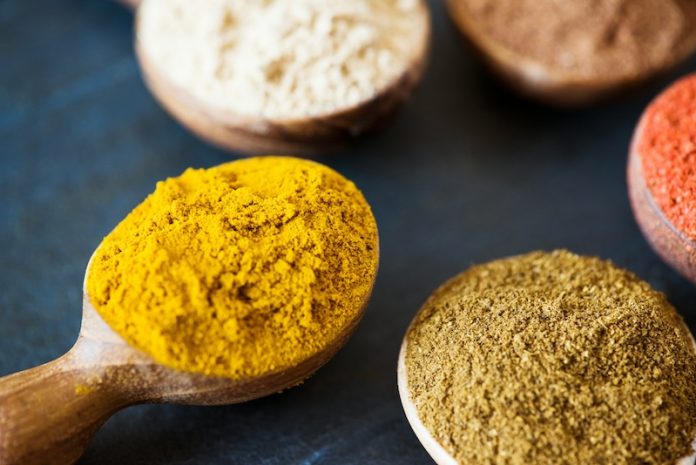
A recent study from Urmia University of Medical Sciences suggests that turmeric and vitamin D might help people with type 2 diabetes manage their blood pressure better.
Turmeric is a common spice, often used in Asian cooking, that has long been valued for its health benefits. Its main active ingredients, called curcuminoids, are known for their anti-inflammatory properties. One particular curcuminoid, curcumin, has been studied for its potential to reduce inflammation and even fight cancer.
Vitamin D is another important nutrient that plays a big role in the body. It helps the body absorb calcium and phosphorus, which are necessary for strong bones. Our bodies produce vitamin D when exposed to sunlight, but it can also be obtained from certain foods and supplements.
Besides bone health, vitamin D has been linked to reducing inflammation and supporting the immune system. Scientists believe it may have other functions, as many organs and tissues in the body have vitamin D receptors.
Previous studies have shown that both curcuminoids and vitamin D can lower blood pressure and reduce body weight in diabetic animals. However, research on people with type 2 diabetes has been inconsistent.
The researchers wanted to find out if these substances, either alone or combined, could improve blood pressure in people with diabetes who also had low vitamin D levels.
The study involved 80 participants with type 2 diabetes. They were divided into four groups, with each group receiving either curcuminoids, vitamin D, a combination of both, or a placebo. The study lasted for 12 weeks, and blood pressure measurements were taken before and after the experiment.
The results showed that vitamin D lowered both systolic and diastolic blood pressure. Systolic blood pressure is the higher number in a reading and represents the pressure in the arteries when the heart beats. Diastolic blood pressure is the lower number, showing the pressure when the heart rests between beats.
While vitamin D improved both measurements, curcuminoids mainly lowered diastolic blood pressure. Surprisingly, curcuminoids seemed to block the effect of vitamin D on systolic blood pressure. However, when taken together, curcuminoids and vitamin D had a stronger combined effect in lowering diastolic blood pressure.
The researchers concluded that both vitamin D and curcuminoids could be beneficial for blood pressure control in people with type 2 diabetes. However, more research is needed to understand why they work differently on systolic and diastolic blood pressure.
For those looking to include more of these nutrients in their diet, turmeric, curry powder, and mango ginger are good sources of curcuminoids. Vitamin D can be found in fatty fish like salmon, sardines, and tuna, as well as in egg yolks, mushrooms, and fortified foods like milk and cereals.
This study, led by Shirin Ebrahimkhani and colleagues, was published in Clinical Nutrition ESPEN. While more research is needed, these findings suggest that adding turmeric and vitamin D to the diet might help people with type 2 diabetes improve their blood pressure.
If you care about blood pressure, please read studies about unhealthy habits that could increase high blood pressure risk, and eating eggs in a healthy diet may reduce risks of diabetes, high blood pressure.
For more information about blood pressure, please see recent studies that early time-restricted eating could help improve blood pressure, and results showing 12 foods that lower blood pressure.
Copyright © 2025 Knowridge Science Report. All rights reserved.



